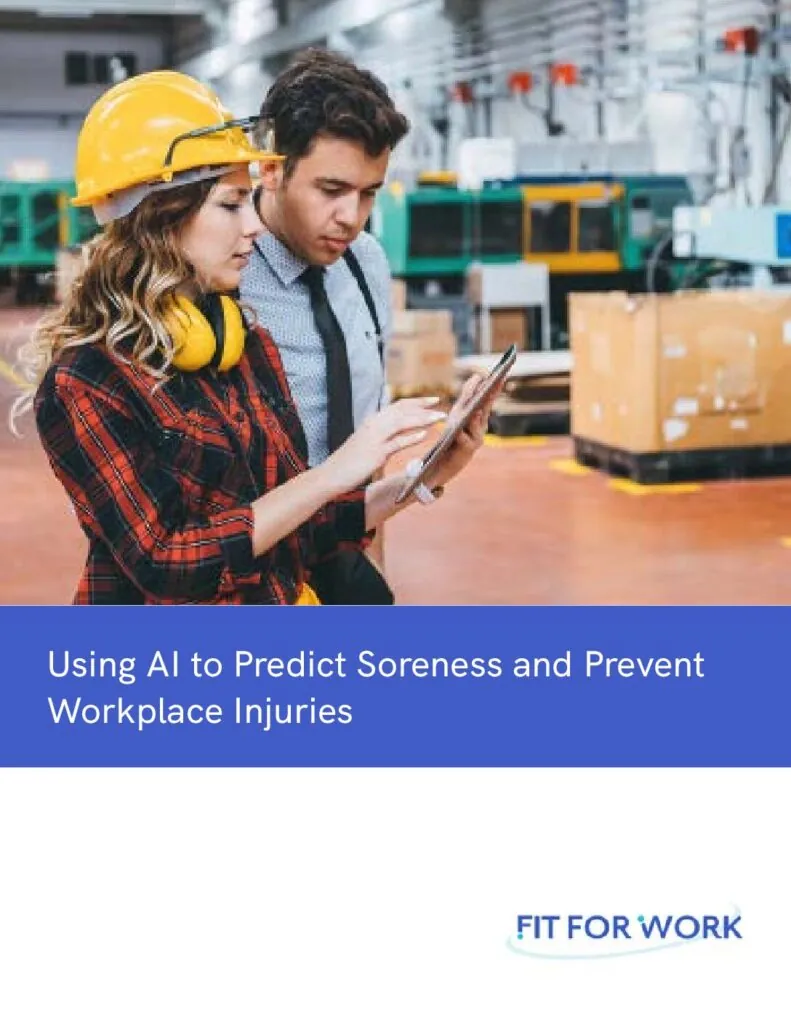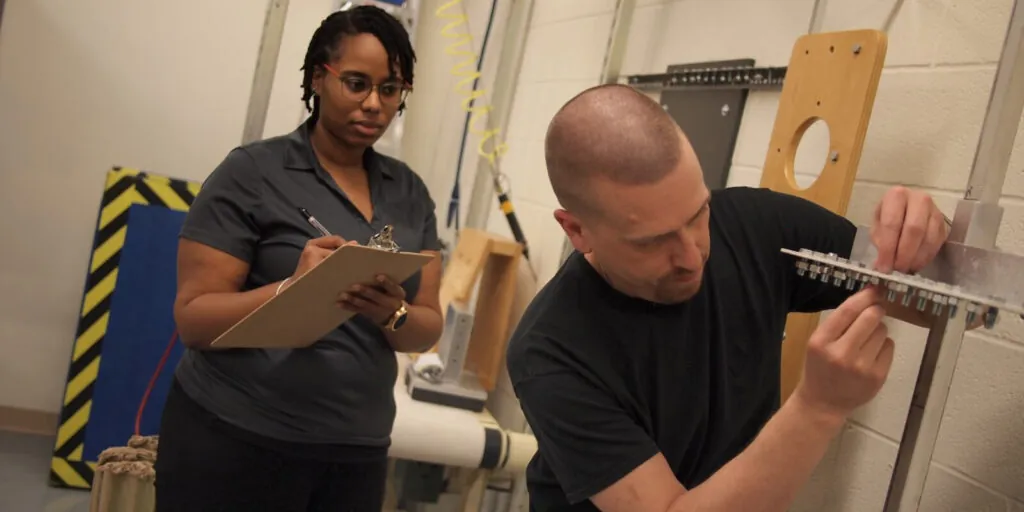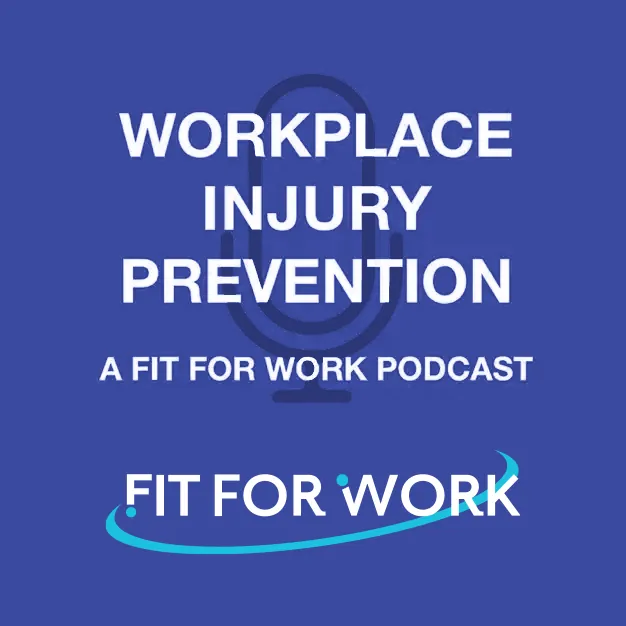- Fewer injuries – Workers who suffer needless injury or see those around them doing so are more likely to leave for an organization that doesn’t put their body and their livelihood at risk.
- Improved morale – Employees who are able to operate freely in their role without concern of injury risk and without experiencing soreness typically exhibit improved morale and a willingness to remain with their employer for much of their career.
- Greater investment – When you invest in your workers and their safety, it shows the level of care you have for their career. These employees tend to return that investment by devoting valuable years to your organization.
- Increased productivity – A safety program designed to reduce soreness prevents injuries, minimizes downtime, and positions your workers to succeed in their roles and to remain productive on a day-to-day basis.
How to use safety to retain employees Fit For Work helps businesses in physical and repetitive environments implement safety programs designed to work for their unique needs and processes. Our solutions are designed to take place onsite, first assessing the roles and risks present in your environment and then working one-on-one with your employees to ensure proper job performance and reduction of soreness that can lead to injury. Physical Demands Analysis As a starting point in ensuring safety within a given role, we conduct a detailed analysis of the physical demands of the essential functions of a job, along with an ergonomic risk assessment that identifies any risk factors in the environment and their potential root causes. Does this position require frequent lifting of heavy objects? Is powerful machinery often involved? Are elevated platforms or slick surfaces typically present? These factors and many more guide us toward designing, developing, and implementing measures to eliminate or mitigate any risks present in a given role or in the environment itself. The analysis phase also serves as the foundation of OSHA compliance for your organization. Download our eBook to learn the importance of retention and how you can keep your employees engaged! 
Functional job descriptions
U sing the information gathered during the Physical Demands Analysis, we develop functional job descriptions to inform both your team and prospective hires of what exactly the job will entail. This includes any manual material handling and body movements/positions necessary to effectively perform the job.
Investing time and resources toward developing the se job descriptions not only leads to more effective hires, but it also sends the message that your organization is skillfully run and invested in employee wellbeing.
Post-offer testing
The information gathered during the analysis phase and translated into job descriptions is then leveraged to develop post-offer tests. The main goal of these tests is to determine if a candidate is capable of adequately performing in their role without a high likelihood of injury.
Testing ensures your business isn’t hiring its next injury and increases retention by hiring workers capable of performing in the long term. Bringing post-offer testing onsite even further streamlines the process by expediting testing and results analysis, increasing testing volume, more accurately simulating job conditions, and more.
Early Intervention
This data gathering and test creation culminates in the use of onsite Early Intervention to reduce soreness and prevent injury . Our team works one-on-one with yours wherever they may be to identify the three leading indicators of injury – early soreness, ergonomics, and behaviors – and to then work with them to prevent musculoskeletal disorders.
Retain your most valuable employees with Fit For Work
Fit For Work’s turnkey approach is capable of integrating with your processes to work exactly as you need it to. Contact us today to implement an onsite safety program designed to increase employee retention throughout your organization.





